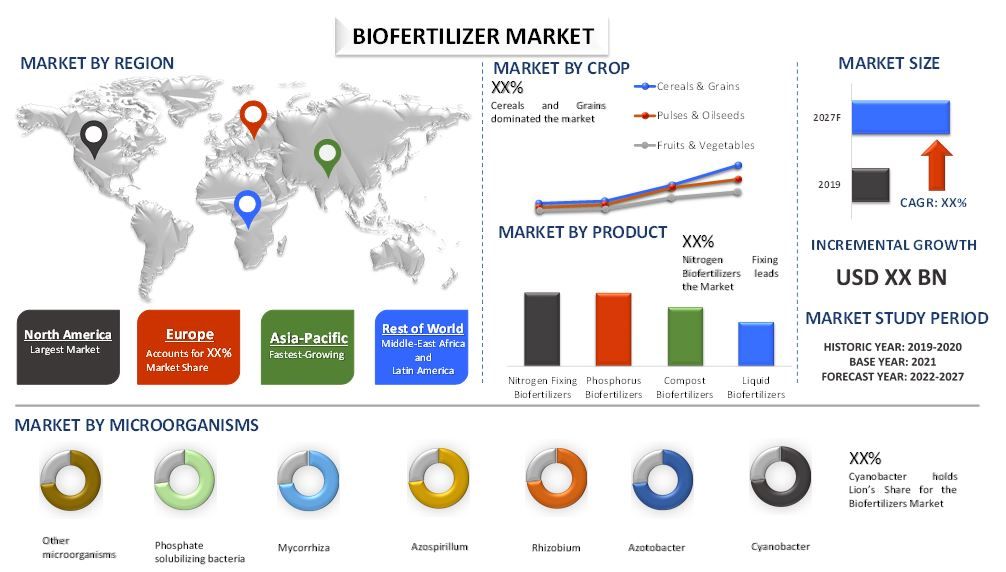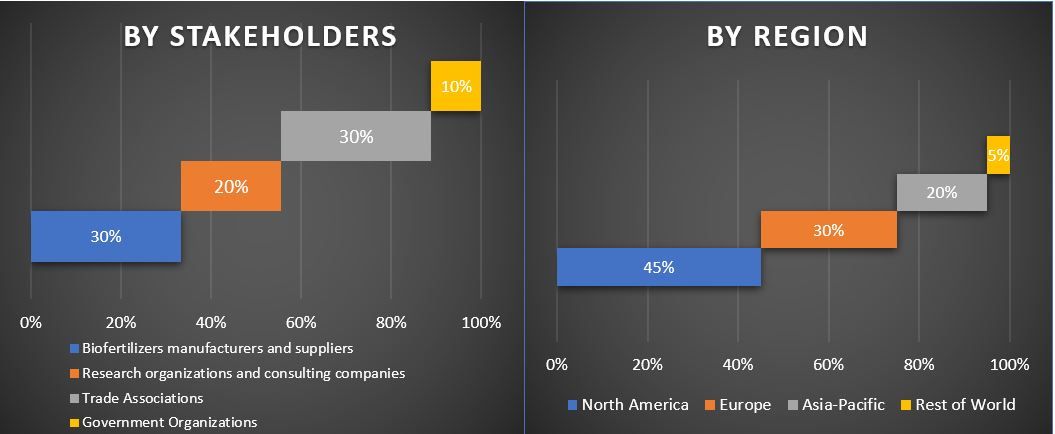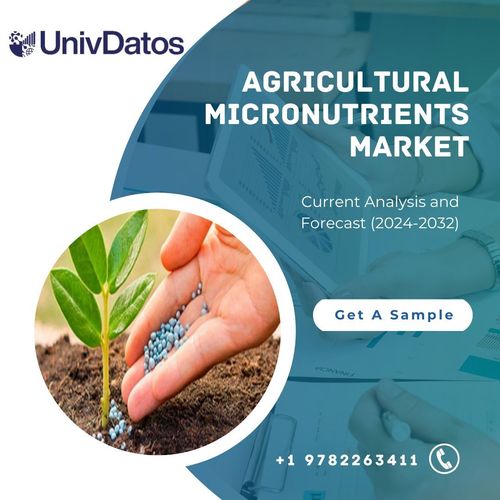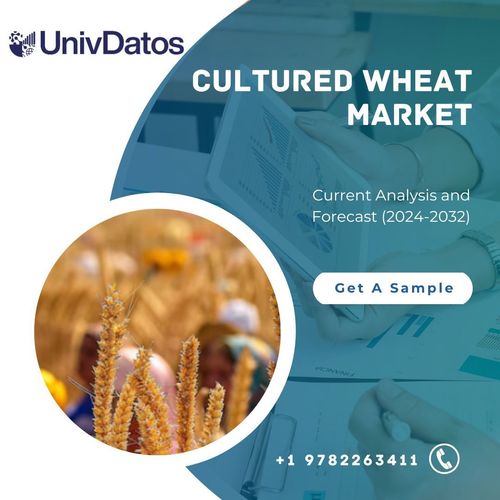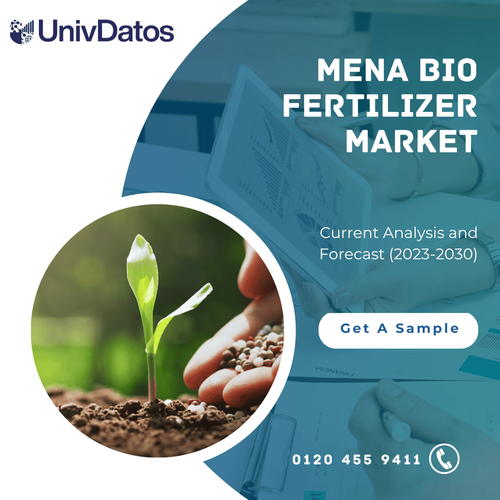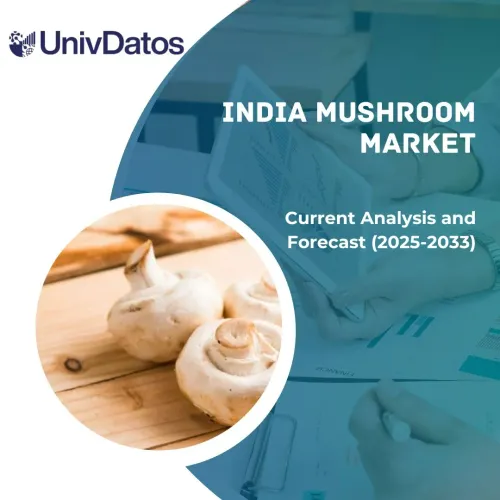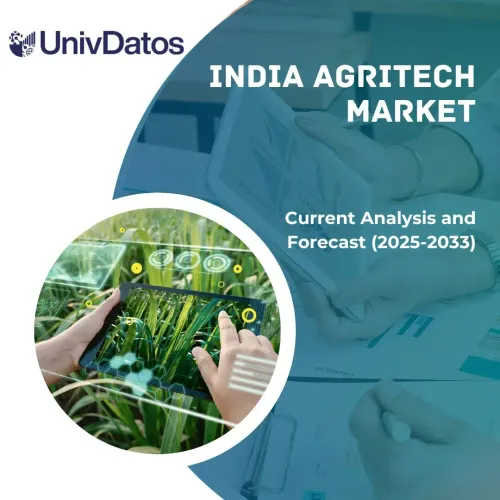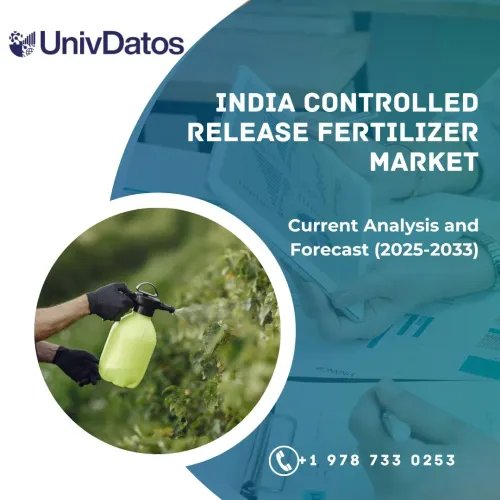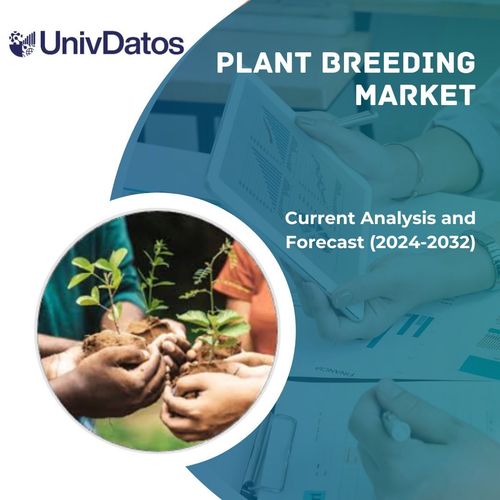- Home
- About Us
- Industry
- Services
- Reading
- Contact Us
Biofertilizers Market: Current Analysis and Forecast (2021-2027)
Emphasis on Product (Nitrogen Fixing Biofertilizers, Phosphorus Biofertilizers, Compost Biofertilizers, Liquid Biofertilizers); Microorganisms (Rhizobium, Azotobacter, Azospirillum, Cyanobacter, Mycorrhiza, Phosphate Solubilizing Bacteria, Others); Crop (Fruits & Vegetables, Pulses & Oilseed, Cereals & Grains); Application (Seed Treatment, Soil Treatment, Others); Region and Country
Biofertilizers Market was valued at US$ 1.5 billion in 2020 and is expected to grow at a CAGR of 12% over the forecast period (2021-2027). Biofertilizers comprises living microbes, which when applied to seed, plant, and soil, stimulate growth by supplying essential nutrients, such as N, P, and other mineral nutrients. The rise in demand for organic products is booming, due to the increase in conscientious consumers, but also due to rising incomes, along with improved farming practices that make organic yields more robust. This resulted in increased adoption of biofertilizers. A total of 71.5 million hectares were organically managed at the end of 2018, representing a growth of 2.9 percent or 2 million hectares compared to 2017. Australia has the largest organic agricultural area (35.7 million hectares), followed by Argentina (3.6 million hectares), and China (3.1 million hectares). Due to the large area of organic farmland in Australia, half of the global organic agricultural land is in Oceania (36.0 million hectares). Europe has the second largest area (15.6 million hectares), followed by Latin America (8 million hectares). The organic area increased in all continents compared to 2017.
Globally, 1.5 percent of farmland is organic. However, many countries have far higher shares. As per IFOAM survey 2020, the countries with the largest organic share of their total farmland are Liechtenstein (38.5%), Samoa (34.5%), and Austria (24.7%). In sixteen countries, 10% or more of all agricultural land is organic.
Furthermore, factors such as increased population has increased the need for organic food this has resulted in increased demand for biofertilizers, globally. In 2021, the global population is around 7 billion people, half of the global population is living in Asia, while one quarter of the global population resides in Africa. Moreover, the consumption of biofertilizers for agriculture use has significantly increased in Asia-Pacific region. As per Food and Agriculture Organization of the United Nations, in 2019, Asia used 6,258,499 tonnes of nitrogen nutrient and 24,051,102.26 tonnes of nutrient phosphate.
Impact on Biofertilizers demand due to COVID-19 outbreak, Worldwide, 2020

Novozyme, National Fertilizers Limited, Agrinos AS, Camson Bio Technologies Limited, Kiwa Bio-Tech Products group Corporation, Lallemand Inc, Rizobacter Argentina S.A., Monsanto BioAg, Mapleton Agribiotech, and Valent BioSciences are some of the prominent players operating in the global Biofertilizers market. Several M&A’s along with partnerships have been undertaken by these players to facilitate customers with hi-tech and innovative products.
Insights Presented in the Report
“Amongst product, nitrogen fixing biofertilizers segment holds the major share”
Based on product, the global Biofertilizers market is bifurcated into nitrogen fixing biofertilizers, phosphorus biofertilizers, compost biofertilizers, and liquid biofertilizers. The nitrogen fixing biofertilizers segment dominated the market with a share of XX% in 2020 and is expected to maintain its dominance during the forecast period as nutrient nitrogen is required in all agricultural field worldwide. For instance, as per Food and Agriculture Organization of the United Nations Netherlands used 304.25 kg/ha of average nutrient nitrogen from 1961 to 2019.
“Amongst microorganisms, cyanobacter is anticipated to grow at the highest CAGR during the analyzed period”
Further based on microorganisms, the market is fragmented into rhizobium, azotobacter, azospirillum, cyanobacter, mycorrhiza, phosphate solubilizing bacteria, and other microorganisms. In 2020, cyanobacter accounted for a maximum market revenue share of XX% and is expected to remain dominant during the analyzed period owing to its varied application. Cyanobacter-based biofertilizers offer reduced input cost, increase the bioavailability of phosphorus, and help in nutrient cycling as well as nitrogen fixation.
“Amongst crop, cereals & grains segment is anticipated to grow at the highest CAGR during the analyzed period”
Based on crop, the market is fragmented into fruits & vegetables, pulses & oilseed, and cereals & grains. In 2020, cereals & grains accounted for a maximum market revenue share of XX% and is expected to remain dominant during the analyzed period as the cereal and grains cultivation provides high vegetation growth, and high photosynthesis activity. However, pulses and oil seeds are expected to experience fastest growth during the forecast period owing to the growing demand for soybean, sunflower, and groundnuts.
“Amongst application, seed treatment segment is anticipated to grow at the highest CAGR during the analyzed period”
Based on application, the market is fragmented into seed treatment, soil treatment, and others. In 2020, seed treatment accounted for a maximum market revenue share of XX% and is expected to remain dominant during the analyzed period owing to the benefits of induced nutritional values in the seeds.
“North America signifies one of the largest markets of Biofertilizers Market”
For a better understanding of the market dynamics of the Biofertilizers market, a detailed analysis was conducted for different regions across the globe including North America (United States, Canada, and the Rest of North America), Europe (Germany, France, Italy, Spain, United Kingdom and Rest of Europe), Asia-Pacific (China, Japan, India, Australia, and Rest of APAC), Rest of World has been conducted. North America dominated the market and generated revenue of USD XX billion in 2020 owing to the increased area of agricultural lands has also been boosting the demand for biofertilizers in the region. For instance, as per Knoema, the area of agricultural land increased from 4,030,811 million sq. km in 2012 to 4,058,104 million sq. km in 2018.
Reasons to buy this report:
- The study includes market sizing and forecasting analysis validated by authenticated key industry experts
- The report presents a quick review of overall industry performance at one glance
- The report covers an in-depth analysis of prominent industry peers with a primary focus on key business financials, product portfolio, expansion strategies, and recent developments
- Detailed examination of drivers, restraints, key trends, and opportunities prevailing in the industry
- The study comprehensively covers the market across different segments
- Deep dive regional level analysis of the industry
Customization Options:
The Biofertilizers Market can further be customized as per the requirement or any other market segment. Besides this, UMI understands that you may have your own business needs, hence feel free to connect with us to get a report that completely suits your requirements.
Table of Content
Analyzing the historical market, estimation of the current market, and forecasting the future market of the Global Biofertilizers Market were the three major steps undertaken to create and analyze the adoption of Biofertilizers for the agricultural purpose. Exhaustive secondary research was conducted to collect the historical market numbers and estimate the current market size. Secondly, to validate these insights, numerous findings and assumptions were taken into consideration. Moreover, exhaustive primary interviews were also conducted, with industry experts across the value chain of the Biofertilizers sector. Post assumption and validation of market numbers through primary interviews, we employed a top-down approach to forecast the complete market size. Thereafter, market breakdown and data triangulation methods were adopted to estimate and analyze the market size of segments and sub-segments the industry pertains to. Detailed methodology is explained below:
Analysis of Historical Market Size
Step 1: In-Depth Study of Secondary Sources:
Detailed secondary study was conducted to obtain the historical market size of the Biofertilizers through company internal sources such as annual report & financial statements, performance presentations, press releases, etc., and external sources including journals, news & articles, government publications, competitor publications, sector reports, third-party database, and other credible publications.
Step 2: Market Segmentation:
After obtaining the historical market size of the Biofertilizers market, we conducted a detailed secondary analysis to gather historical market insights and share for different segments for major regions. Major segments included in the report are technology and application. Further country-level analyses were conducted to evaluate the overall adoption of Biofertilizers in every region.
Step 3: Factor Analysis:
After acquiring the historical market size of different segments and sub-segments, we conducted a detailed factor analysis to estimate the current market size of Biofertilizers. Further, we conducted factor analysis using dependent and independent variables such as increasing demand for organic food and the growing population. A thorough analysis was conducted for demand and supply-side scenarios considering top partnerships, merger and acquisition, business expansion, and product launches in the Biofertilizers industry across the globe.
Current Market Size Estimate & Forecast
Current Market Sizing: Based on actionable insights from the above 3 steps, we arrived at the current market size, key players in the Biofertilizers market, and market shares of the segments. All the required percentage shares split, and market breakdowns were determined using the above-mentioned secondary approach and were verified through primary interviews.
Estimation & Forecasting: For market estimation and forecast, weights were assigned to different factors including drivers & trends, restraints, and opportunities available for the stakeholders. After analyzing these factors, relevant forecasting techniques i.e., top-down approach was applied to arrive at the market forecast about 2027 for different segments and subsegments across the major markets globally. The research methodology adopted to estimate the market size encompasses:
- The industry’s market size, in terms of value (USD) and the adoption rate of Biofertilizers across the major markets domestically
- All percentage shares, splits, and breakdowns of market segments and sub-segments
- Key players in the Biofertilizers market in terms of services offered. Also, the growth strategies adopted by these players to compete in the fast-growing market
Market Size and Share Validation
Primary Research: In-depth interviews were conducted with the Key Opinion Leaders (KOLs) including Top Level Executives (CXO/VPs, Sales Head, Marketing Head, Operational Head, and Regional Head, Country Head, etc.) across major regions. Primary research findings were then summarized, and statistical analysis was performed to prove the stated hypothesis. Inputs from primary research were consolidated with secondary findings, hence turning information into actionable insights.
Split of Primary Participants in Different Regions
Market Engineering
Data triangulation technique was employed to complete the overall market estimation and to arrive at precise statistical numbers of each segment and sub-segment of the Biofertilizers market. Data was split into several segments & sub-segments post studying various parameters and trends in the areas of the technology and application end-user of the Biofertilizers market.
Main Objective of the Biofertilizers Market Study
The current & future market trends of Biofertilizers were pinpointed in the study. Investors can gain strategic insights to base their discretion for investments from the qualitative and quantitative analysis performed in the study. Current and future market trends were determined the overall attractiveness of the market at a regional level, providing a platform for the industrial participant to exploit the untapped market to benefit as a first-mover advantage. Other quantitative goals of the studies include:
- Analyze the current and forecast market size of Biofertilizers in terms of value (USD). Also, analyze the current and forecast market size of different segments and sub-segments
- Segments in the study include areas of product, microorganisms, crop, and application
- Define and analysis of the regulatory framework for the Biofertilizers industry
- Analyze the value chain involved with the presence of various intermediaries, along with analyzing customer and competitor behaviors of the industry
- Analyze the current and forecast market size of the Biofertilizers market for the major region
- Major regions studied in the report include North America (the United States, and Canada), Europe (Germany, France, Italy, Spain, and United Kingdom), Asia-Pacific (China, Japan, India, and Australia), and Rest of the World
- Company profiles of the Biofertilizers market and the growth strategies adopted by the market players to sustain in the fast-growing market
- Deep dive regional level analysis of the industry
Related Reports
Customers who bought this item also bought

